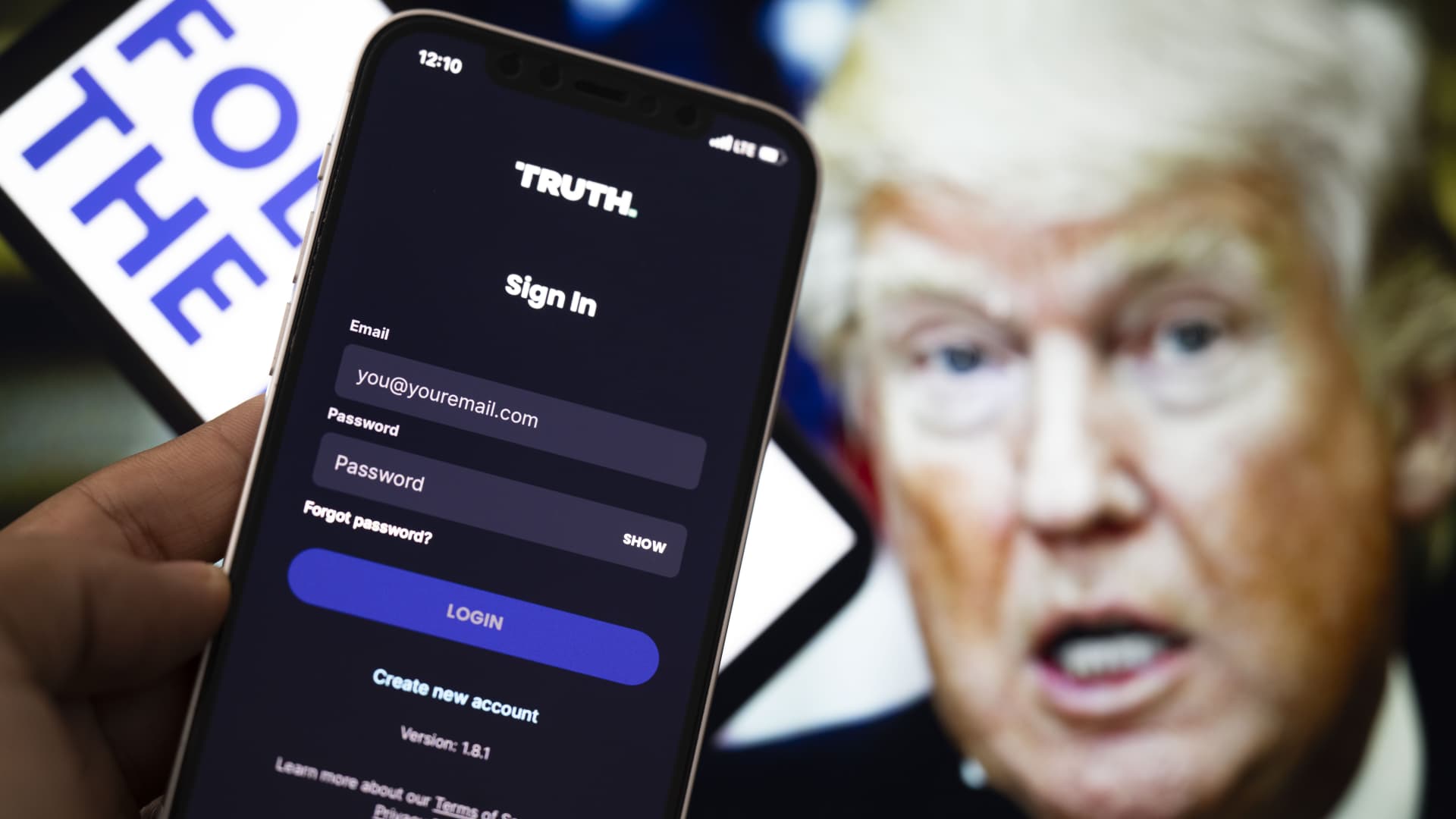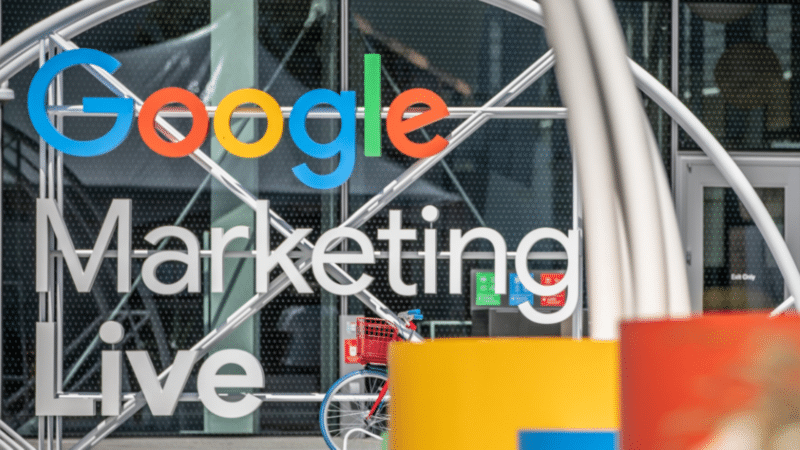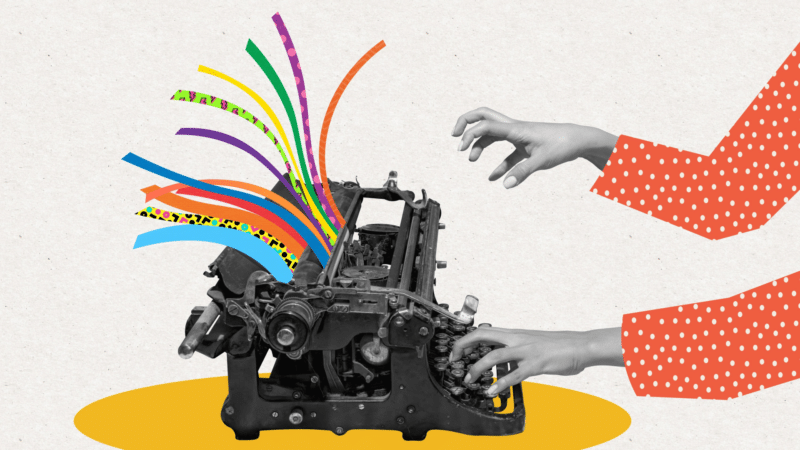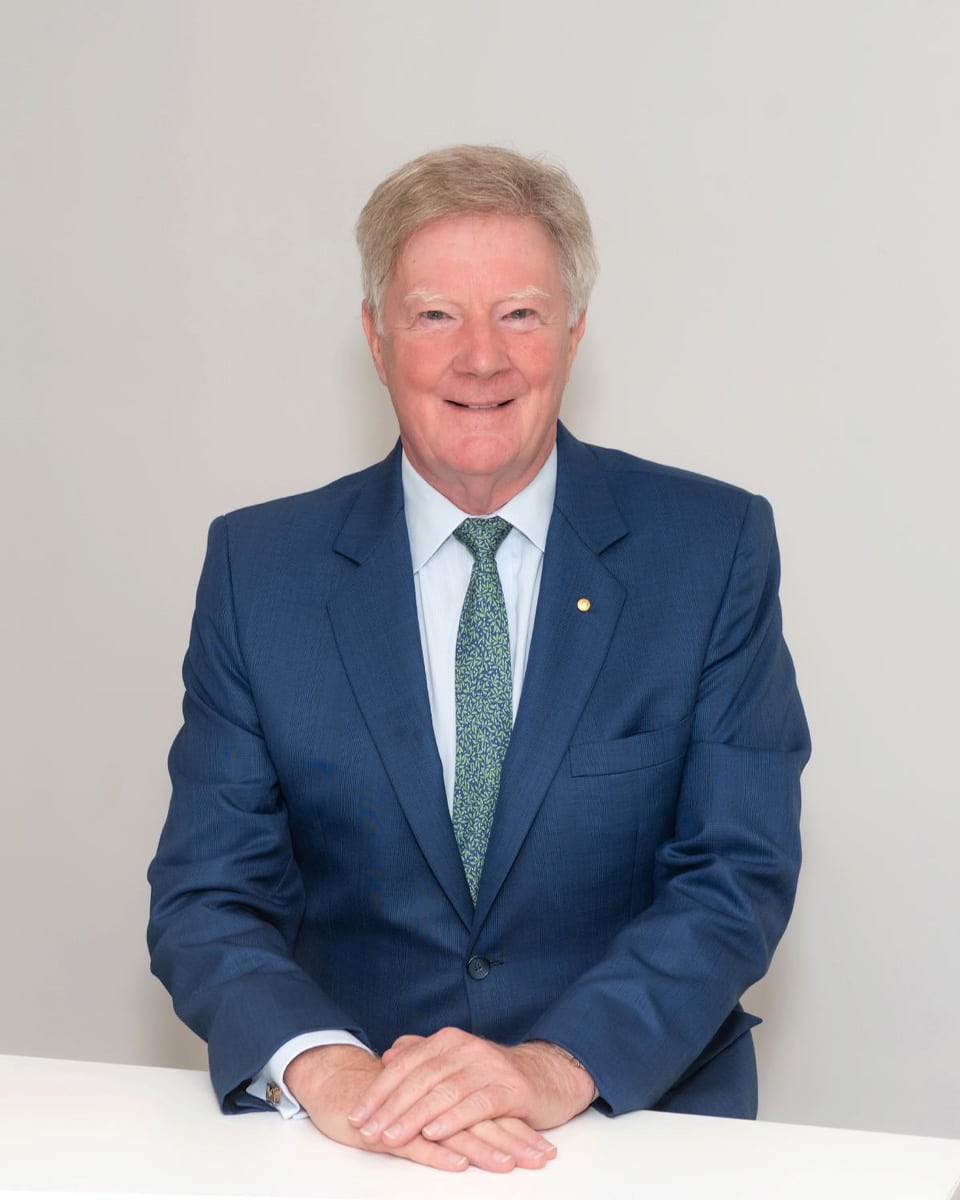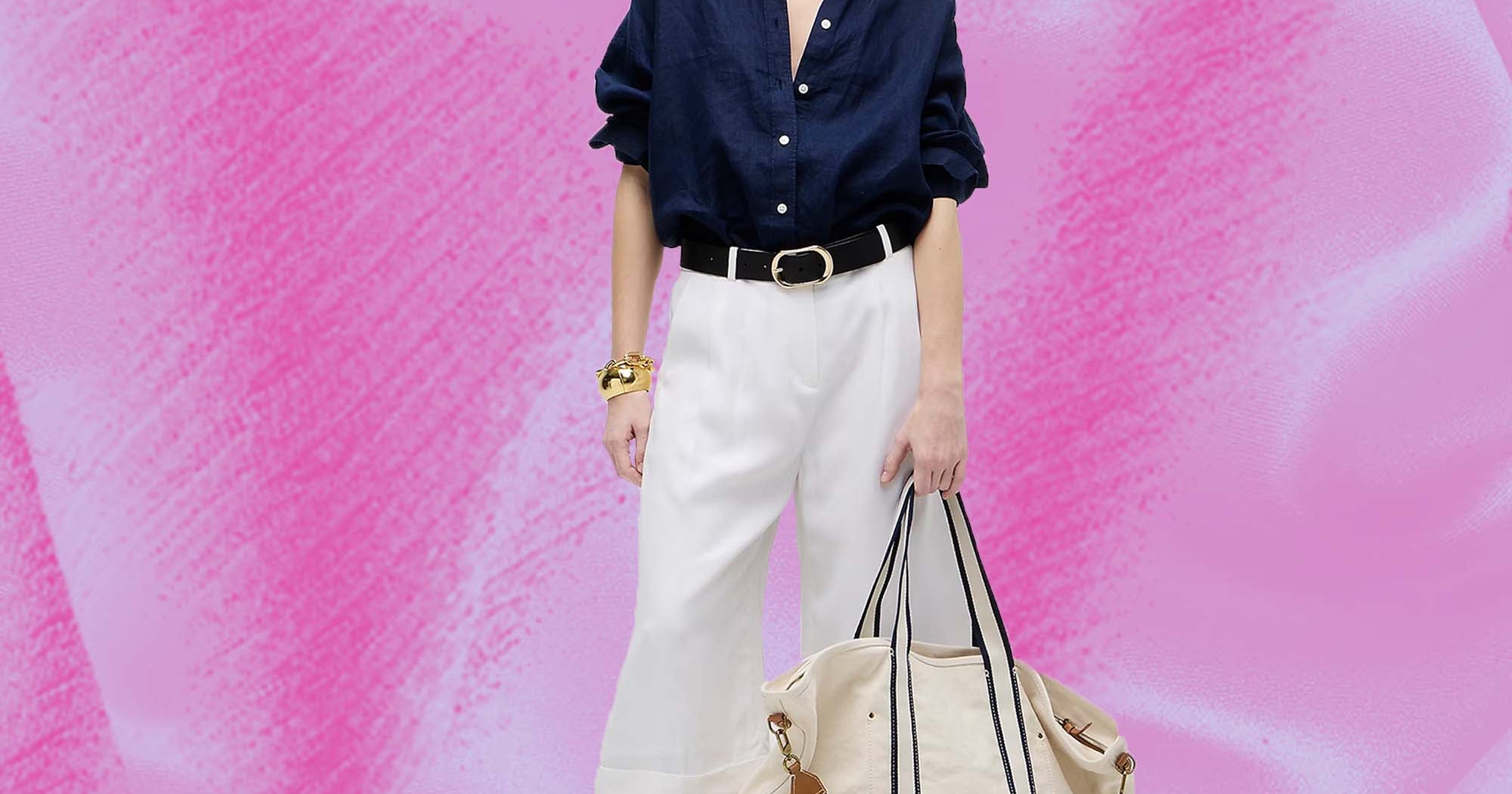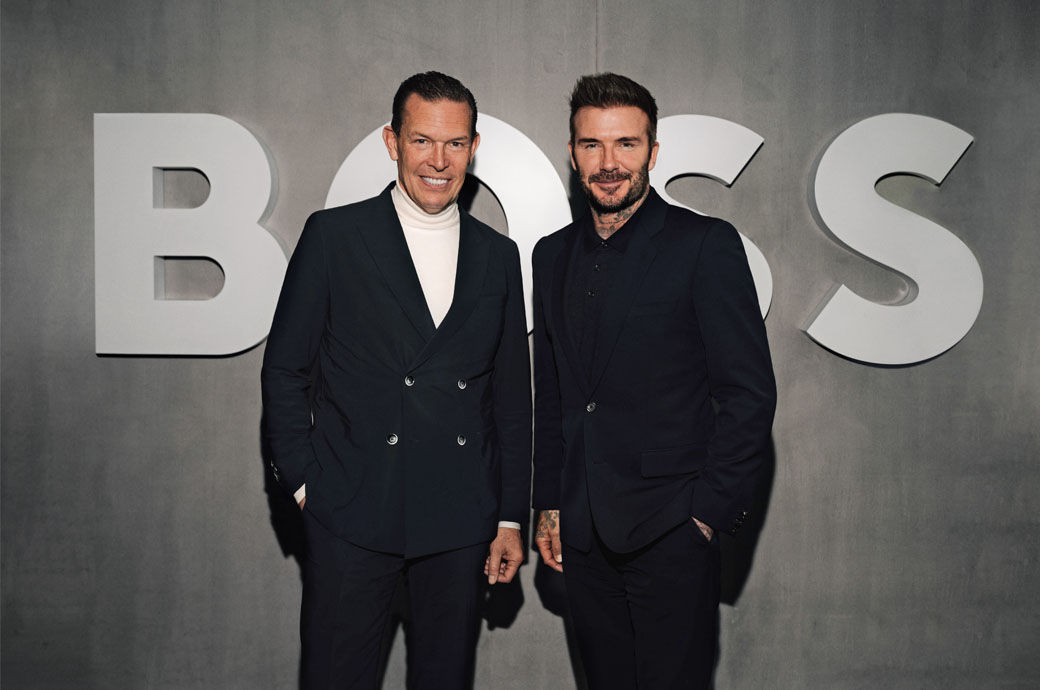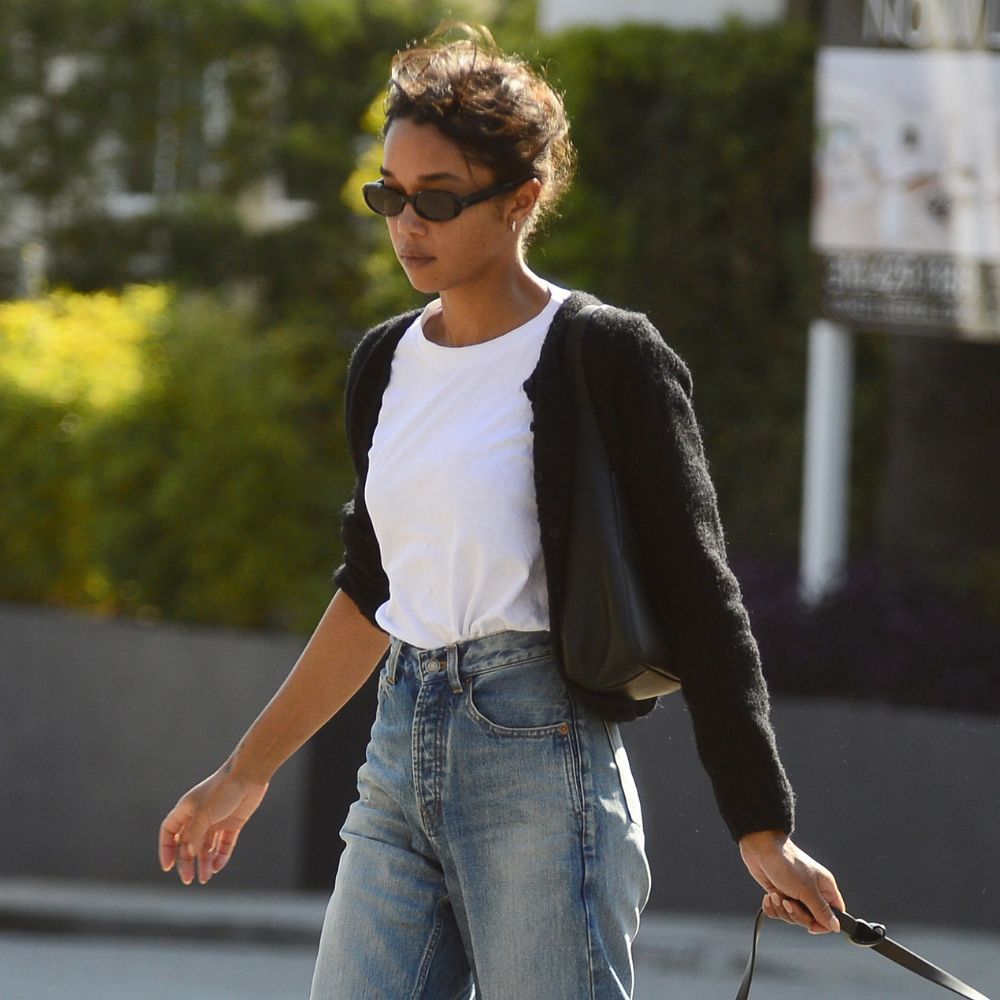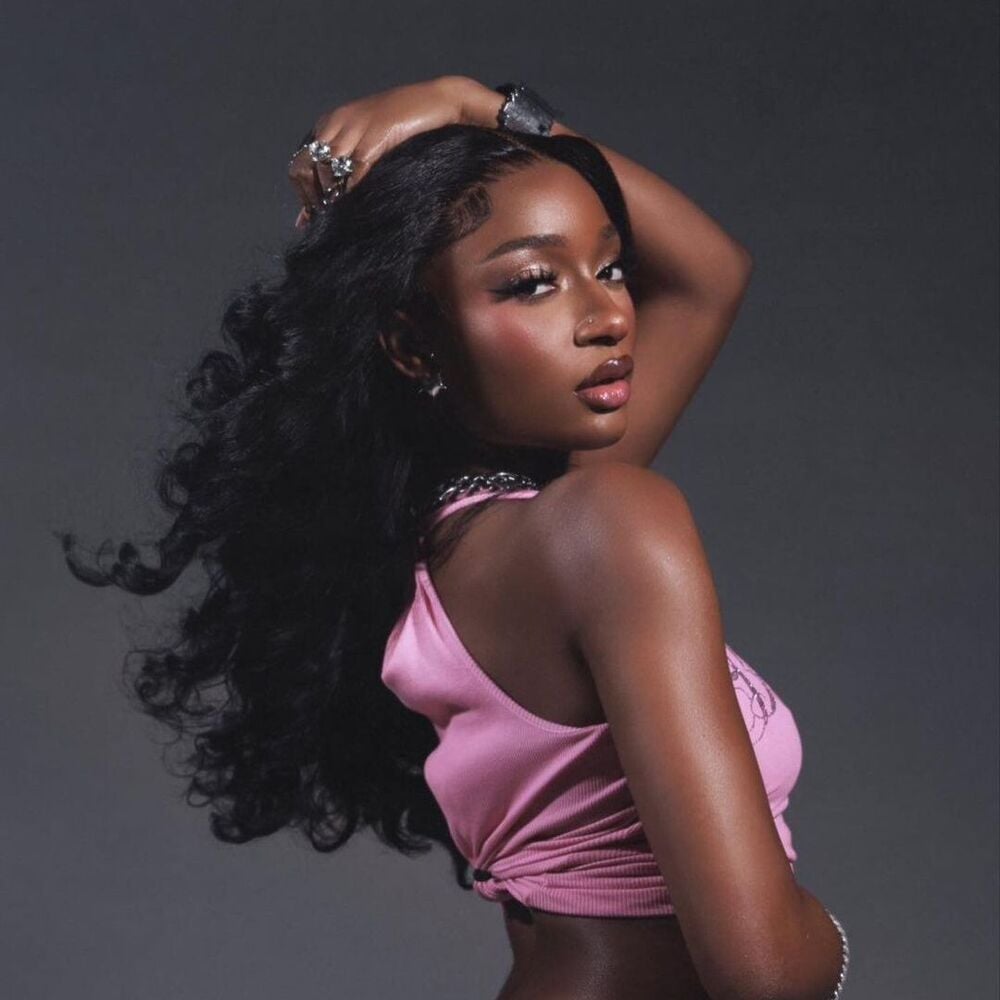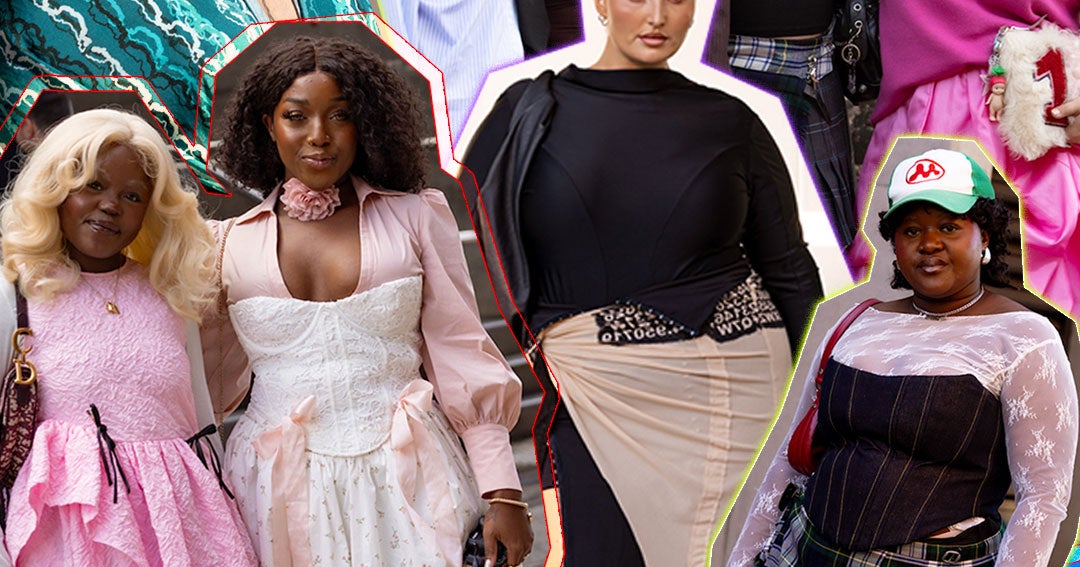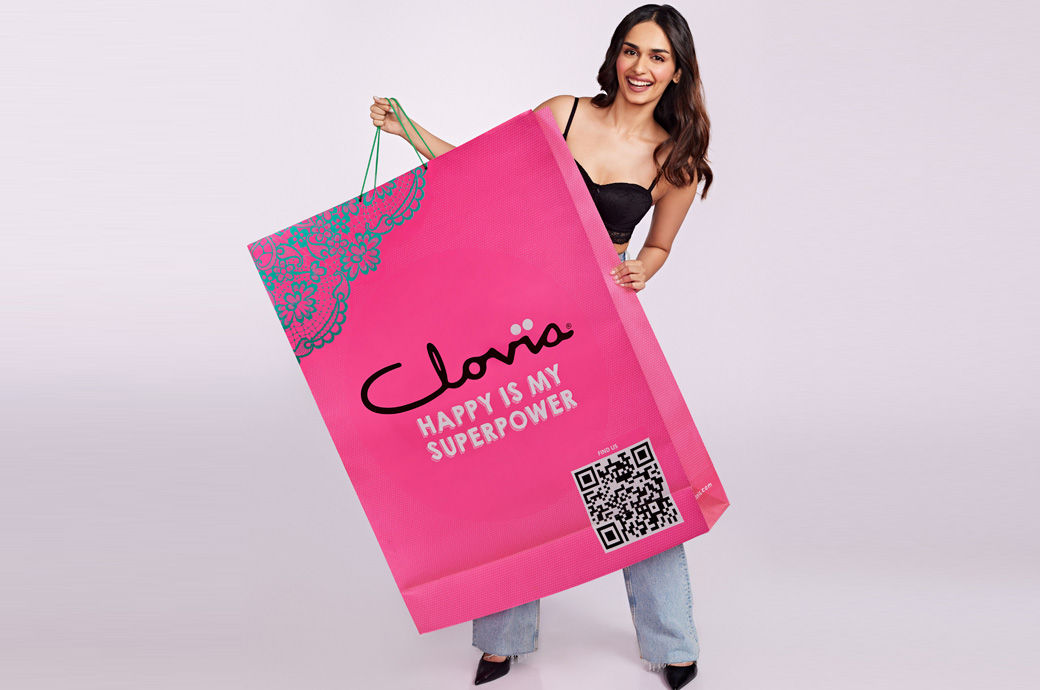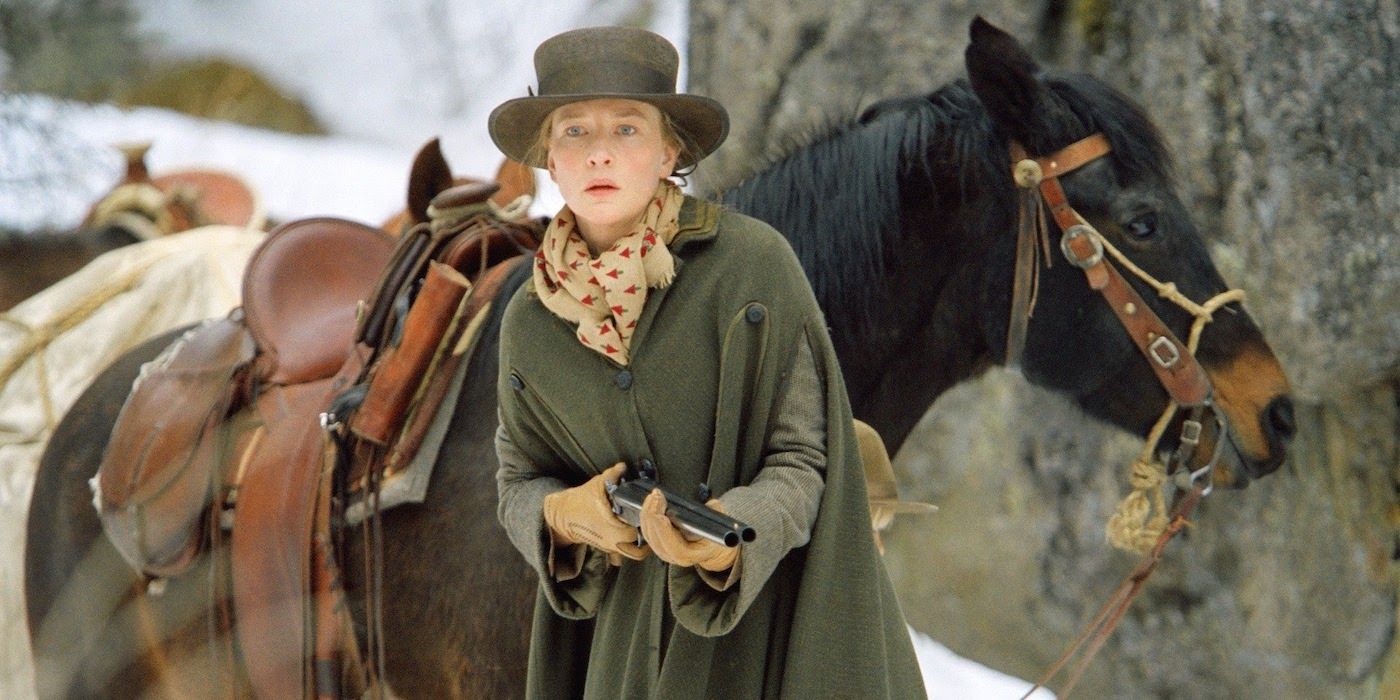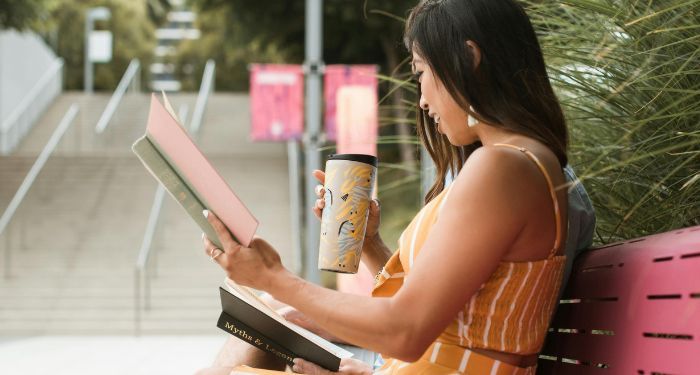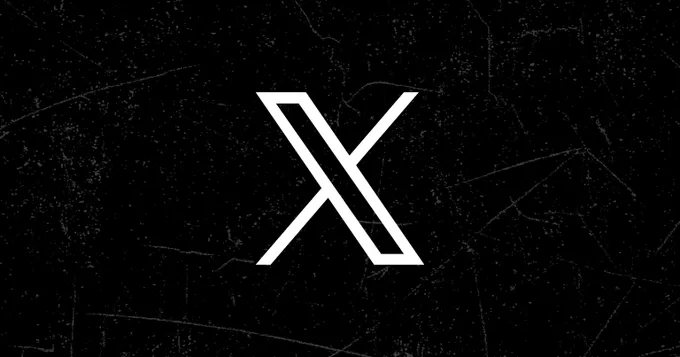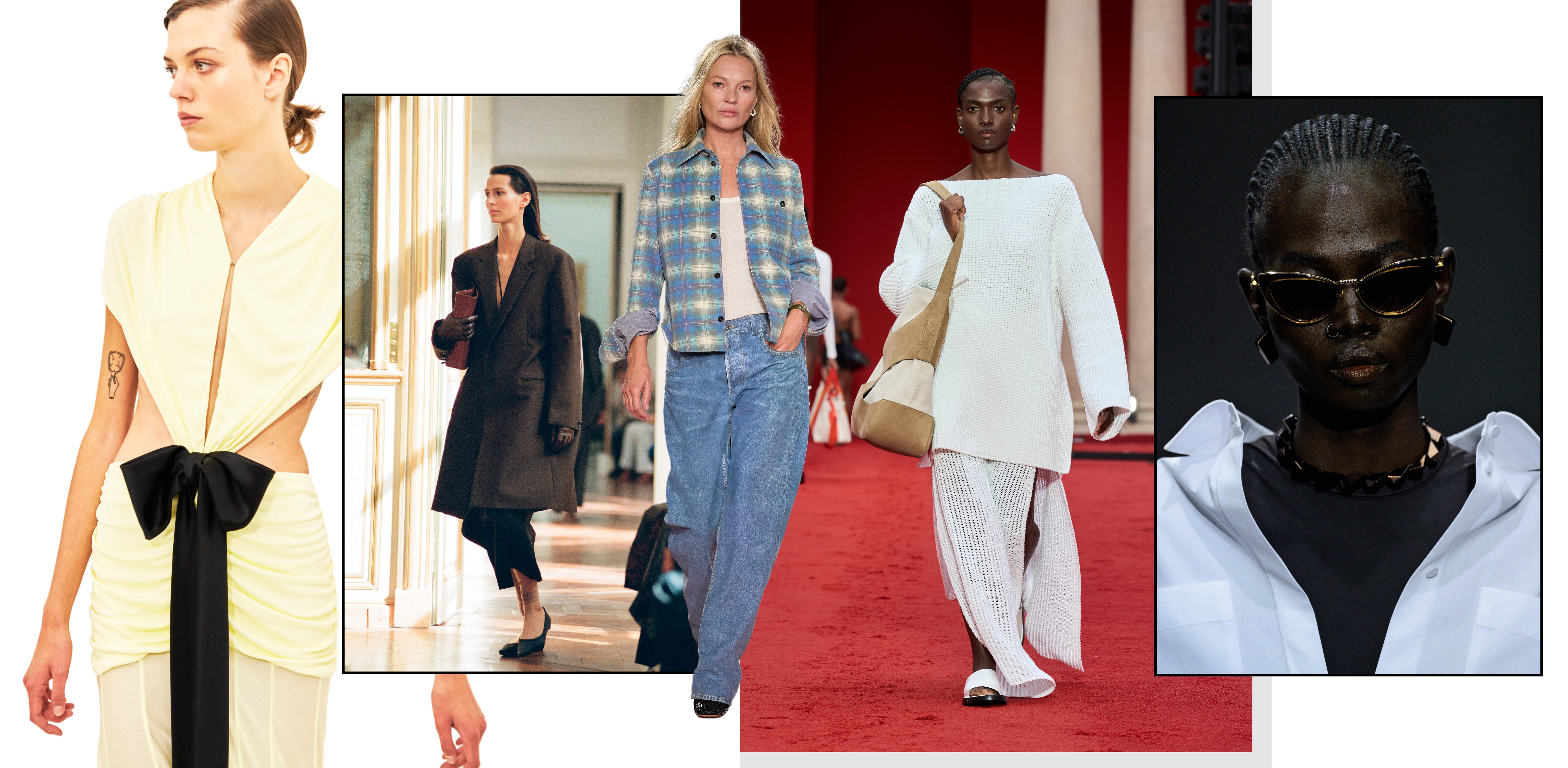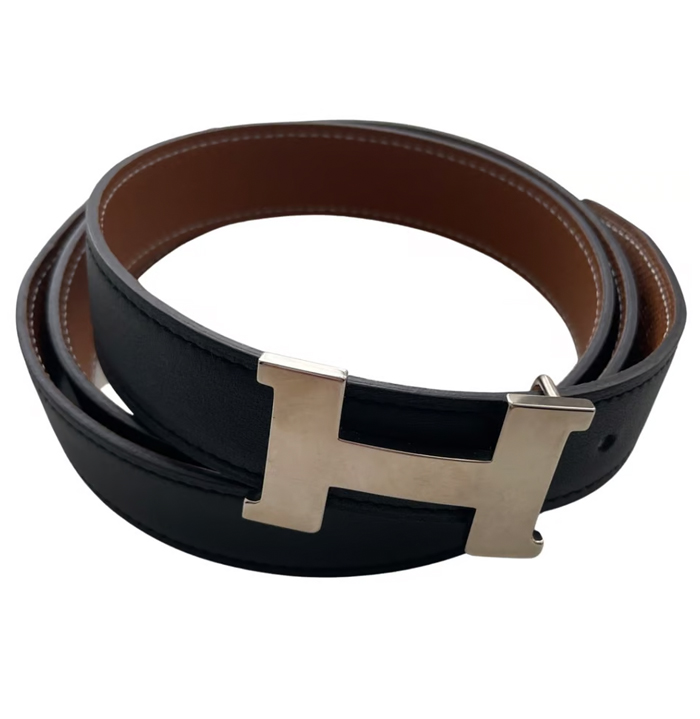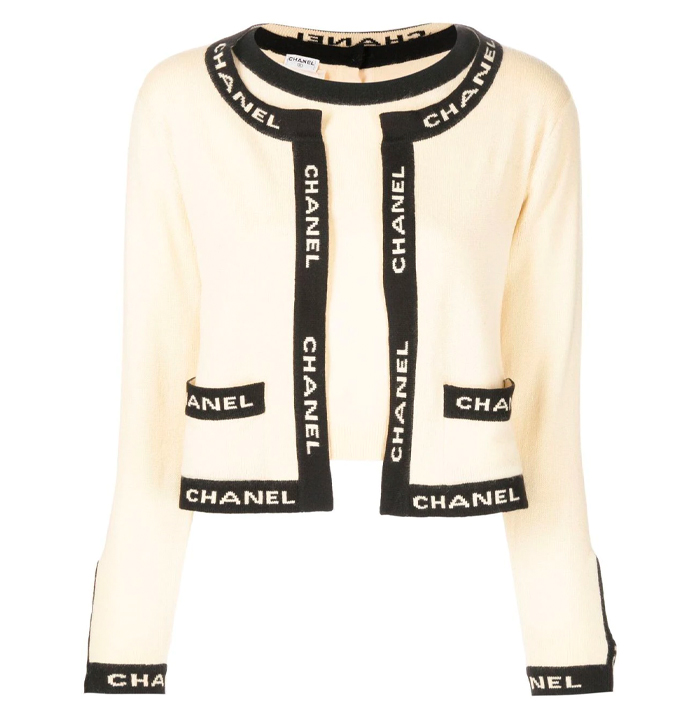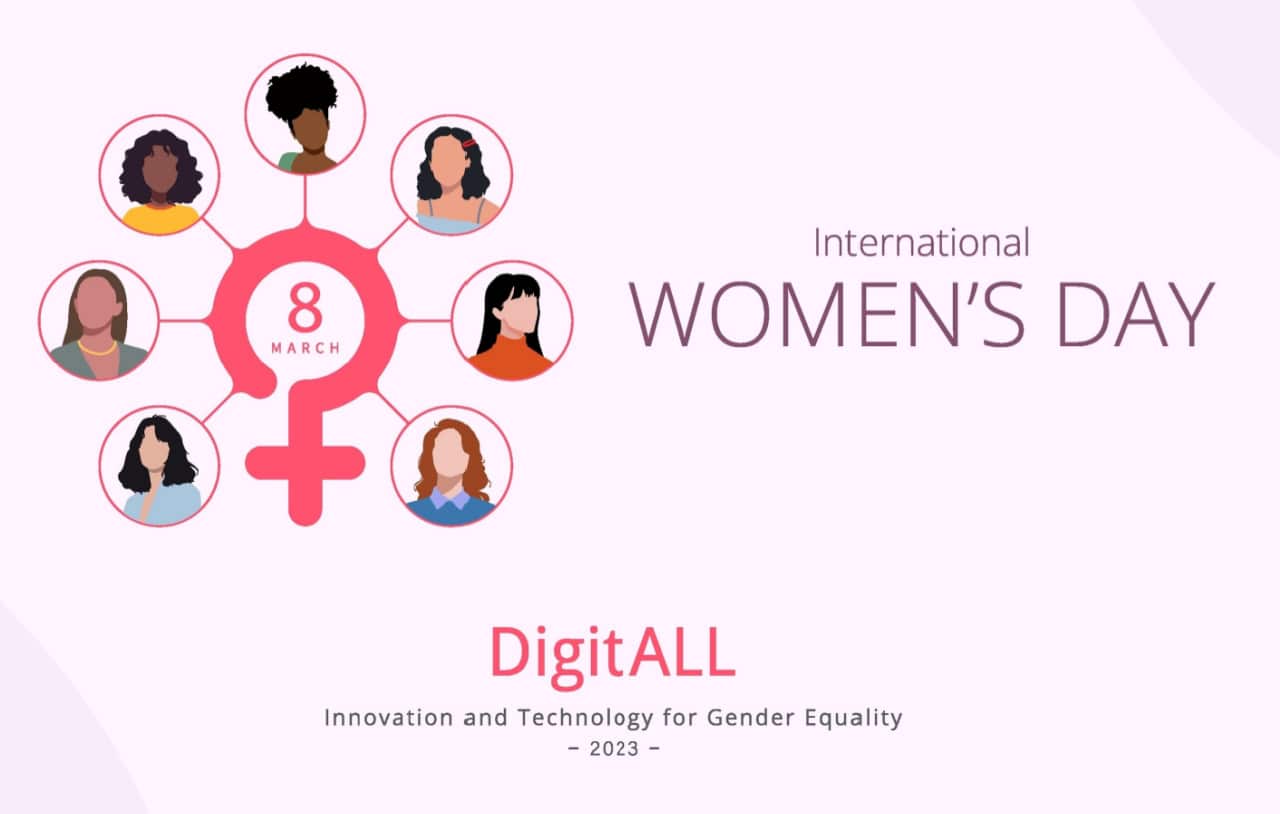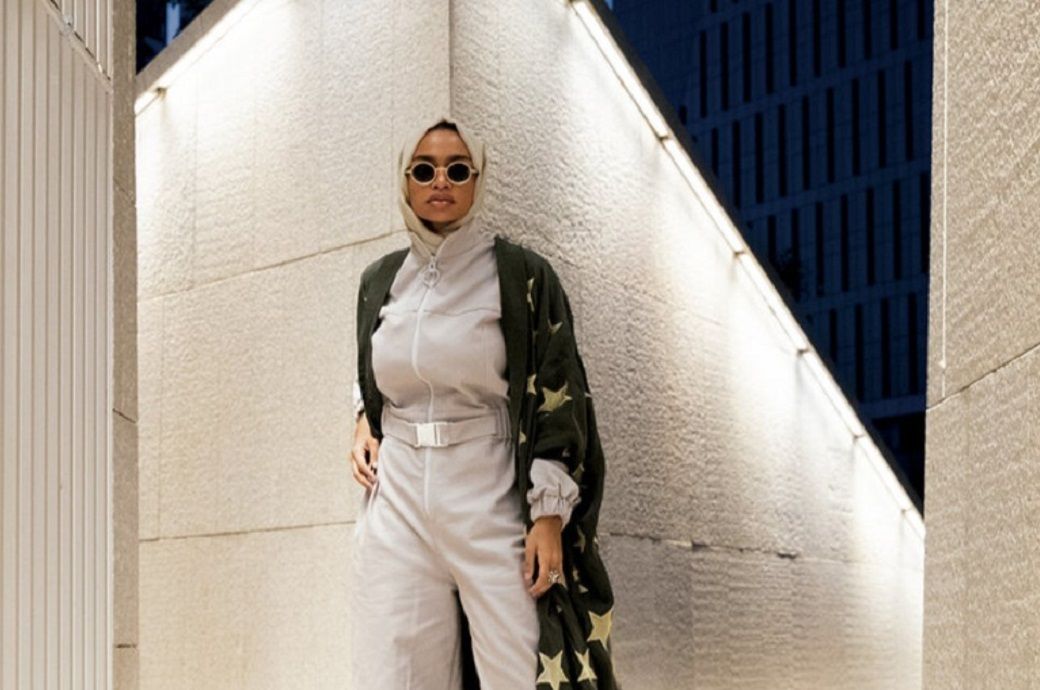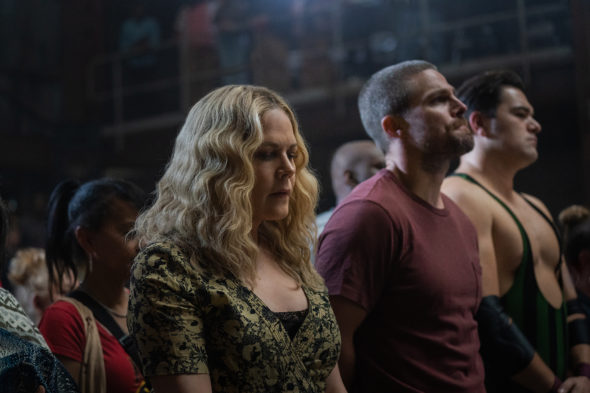What is luxury now? Well, what I can tell you after speaking to experts from across the board, it’s certainly not about frivolous excess despite the fact that the luxury market is growing. The Business of Fashion describes 2022 as a blockbuster year for luxury fashion, with sales rising by 22% thanks to what they are dubbing a “YOLO attitude” prevailing in a post-Covid world.
“Luxury consumers are increasingly opting to search for items that work with what they already own over buying something new or ‘on trend’,” explains Erica Wright, the founder and CEO at Sourcewhere, the exclusive sourcing app insiders are completely hooked on. “We find that customers are often more excited about a past-season piece that has made a comeback than something straight off the runway.” Which allows for a more curated style rather than a cut-and-paste carbon copy of what one is told is fashionable. “The spending power is still there and investment in luxury is still big but it’s exactly that, an investment,” adds Sabrina Cannon, chief sales officer at Threads Styling.
Muna Nageh, founder and CEO of Circle of Style, a digital startup offering luxury mystery boxes of pre-loved goods, confirms the shift towards sensible shopping behaviours and a more mindful approach to building one’s wardrobe. “Less is more. People are buying less and better,” Nageh says. “As well as looking at provenance of where the garment was created, and what the brand stands for—luxury consumers are more cognisant of what values their spend is supporting.”
Photo:
Courtesy of Loewe, The Row, Bottega Veneta, Ferragamo, Valentino
Over at shopping search engine Lyst, the data analysts have noticed that brands such as Prada and Acne Studios are seeing the viral buzz they generate on on social media as directly correlating with global sales: “Despite global economic instability, luxury fashion brands and their customers are so far proving fairly resilient, or oblivious to, these headwinds,” the Lyst team tells me.
What’s more, this desire for the right item rather than the supposed must-have item means that consumers are now willing to wait, which ultimately means that It pieces old or new have a longer shelf life than they once did. However, that’s not to say there isn’t urgency around specific pieces landing or restocks of sold-out cult buys, and you’ll find that the waiting lists at the likes of Threads Styling for super-brand tickets such as the Hermès Chypre sandals or Chanel loafers are as long as can be. But the difference in 2023 is that the interest is holding strong rather than switching out as quickly as the new-season shows are presented.
While overt aesthetics—such Y2K fashion or everything being covered in crystals—continue to dominate and play into the idea of being conspicuous, there is an important undercurrent that runs through each of the core luxury trends for 2023: Whatever you purchase, it needs to speak to you and your true personal style. So if logos or sparkles are not your jam, it’s fine to write them off. And vice versa: if you will never ascribe to #vanillagirlaesthetic or understand the fuss about The Row, the minimalist movement doesn’t have to infiltrate your wardrobe.
So, from hot brands to agenda-defining sustainable luxury fashion developments, below is your download on everything to know about designer clothes, shoes, bags and more for the year (if not decade) ahead.
It would be amiss of us not to call out Hermès as the ultra-luxury brand leading the way when it comes to long-lasting, ever-impressive accessories. Where some luxury labels have diversified to introduce entry price point merchandising that appeals to a broader spectrum of shoppers, others, such as Chanel or Hermès, continue to dive deeper into the world of exclusivity and high price tags.
The brand’s core bag lines—Birkin, Kelly, Constance et al—continue to be as sought-after as they ever have been, and the fascination people have with how you can get hold of them is at the centre of consistent internet chat.
As far as brands that are regularly requested through services such as Threads Styling and Sourcewhere, Hermès is always up there. “Shoes are the top-performing category on Sourcewhere, which has driven around 50% of requests since we launched. Within this category, we continually see a demand for luxury powerhouses such as Chanel and Hermès, especially for past-season finds that are hard to obtain,” explains Wright. Several of the Chanel loafer styles from the last few seasons continue to be popular, and sandals from Hermès, with the Chypre style becoming one of the most sourced items in both leather and shearling.” And it’s the same story over at Threads Styling—Cannon confirms there are hundreds of requests at any given time for these understated sandals, and the introduction of new colourways continues to pique the interest of shoppers.
Anecdotally speaking, from my personal Instagram feed I have noticed a renaissance for the classic bag styles being chosen as investment pieces by influencers in the place of where a more seasonal bag purchase might have once been made—hues are neutral and finishes are subtle. The instantly recognisable H-emblazoned leather belts are also cropping up more than previous years, and the popularity of luxury unboxing on TikTok indicates that many consumers who are not yet at the point where their budgets will stretch to Hermès are certainly aspiring to get there.
“People are willing to wait for items they see as an investment, whether old or new,” says Wright. “Whilst we see customers request new season items that are found within a matter of minutes, we often see requests for past season items that are three or four seasons old, with customers waiting up to four months or more for the item to be sourced—this often creates more excitement around the item than ‘see now, buy now’.”
So it makes perfect sense that in the quest for that specific item, resale is becoming ever important in supplying the building blocks of both capsule wardrobes and the seasonal updates that they can be flavoured with. As well as fashion sourcing becoming an ever-increasing method for shoppers, the influx of luxury resale sites and stores continues to grow. Where you once could reference Vestiaire Collective as the only option, you’ll find more than a handful to add to your list: Cudoni, Lampoo, Sellier, Curate and Rotate and Cocoon are just a few examples of the pre-loved destinations I know our editorial team uses for both buying and selling. In addition, you’ll now find pre-loved edits hosted on the likes of Farfetch.com and being integrated into stores—Rixo’s forthcoming flagship will feature a vintage area handpicked by the brand’s founders.
What are people looking for? For the current season, the timeless consumer over at Sourcewhere is creating a “high demand for brands such as The Row, Khaite and Toteme—these are often classic styles that are quick to sell out, such as The Row ’90s bag or the Toteme Scarf Jacket. For past season collections, our most requested brand is Celine by Phoebe Philo—this era is still highly coveted, and requests aren’t slowing down for rare runway pieces from 2010-2018, especially across ready-to-wear and shoes.” Which bodes well for the impending arrival of Phoebe Philo’s eponymous debut in September of this year.
However, it’s not all uber-minimalism everywhere in the market. More conspicuous items are being searched for but they are usually quite iconic—think of a rare beaded Fendi baguette or a mesh printed dress from Jean Paul Gaultier. These are often items that are the original precursors to whatever has resurfaced in recent years as trending.

Photo:
@hannahalmassi / WHO WHAT WEAR
Tapping into this newfound ability consumers have to wait for something great, there is a growing trend for “mystery boxes.” Even if you don’t consider yourself to be someone who enjoys surprises, I guarantee you’ll get into the idea once you experience the process for yourself. In essence, this is a special kind of luxury delivery that drives anticipation—a feeling that has long been overlooked in favour of urgency and that “must have it now” attitude powered by e-commerce and social media. Instead, there are companies such as Circle of Style that excite and delight their consumers with a curated box of contents that bring the fun back into fashion. You may not be expecting what they send, but you’ll be thrilled to receive it.
What’s truly fascinating about Circle of Style’s concept is that it is both conscious in its agenda-setting model and highly enjoyable to boot. Founded by Muna Nageh, this thriving startup aims to help fight the waste caused by the wider fashion industry via their in-house team of talented stylists and mint-condition pre-loved stock. Inspired by the legendary stylist Bay Garnett, and shored up by great taste and tech, the process is seamless and takes all of the hassle out of shopping secondhand. You sign up, go through a comprehensive questionnaire (the part I loved the most was ticking all of the items I didn’t like as it’s so rare anyone actually asks you this) and a little while later your box of goodies arrives with a personalised note from your stylist and an opportunity to feedback on what worked and what didn’t.
“We definitely saw an uplift in people wanting more surprises during lockdown, for obvious reasons—people wanted to be cheered up!” explains Nageh, but the demand has been growing ever since. “It’s back to normal now where the surprise is also balanced with wearability and use, which is what we want too. We want our clothes to be worn as much as possible, to ensure we’re helping combat the climate crisis with what we send.”
One way that Circle of Style ensures you’re happy with your hand-selected goods is to really listen and dig down into the details—and there is a keep rate on the first round of approximately 3 out of 5 (which is phenomenal considering the control is taken out of your hands) going up to 5/5 on the third box due to the trust and relationship built back via the feedback loop. Many liken the process to that feeling of Christmas, only all year round, and the brand has garnered interest from high-profile women pioneering for sustainability such as Dawn O’Porter and Amy Jackson. “Women use us because they know all our stylists are professionals, and they know we listen to every word they tell us on the quiz. So if you tell me you hate purple, polka dot and polyester, you’ll never see those in your box. If you tell us you don’t like highlighting or showing a part of your body, we will listen,” says Nageh, adding that the site and team endeavour to be really positive about the way women might feel about their budgets, bodies and personal tastes, encouraging confidence and an attitude of giving something a try—you never know you might like (love!) it.
“Thanks to brilliant people like Vivienne Westwood and Bay Garnett, women are now prioritising less disposable pieces that may be on-trend for a hot minute, for more evergreen pieces they know they’ll wear again and again,” says Nageh, noting that the general desire for classics from heritage and top-quality brands like Max Mara, Hermès and Acne Studios continue to fly out. However, what’s fascinating about this particular model is that it’s less about the label or the fleeting It item, and more about pinpointing the pieces are just right for the consumer. “Being preloved we aren’t like your traditional fashion brand or retailer that has a statement or hero piece, we are about YOUR style, so we cover a huge breadth of items to make sure we always send you what you love. In that sense we’re very anti-trend and very pro-personal style.” Hear, hear.

Photo:
Courtesy of Heat
When it comes to hype, nothing gets the fashion elite going quite like the latest HEATBOX dropping. Mario Maher, the co-founder and chief merchandising offer of HEAT, explains that the idea was formed in early November of 2019, with the debut box landing later that month to coincide with Black Friday—a hugely confident move when you consider that the entire peak shopping weekend is based around discounting. The business has received over $5m in investment funds from the likes of LVMH Luxury Ventures and Antler, providing yet further proof that this isn’t a gimmick to be passed over but a major opportunity to tap into a desire consumers have for a more immersive shopping experience with the end result of killer items.
“Around the time the mystery box phenomenon was gaining traction across Youtube, we spotted a gap within the luxury fashion market. Merging the two together, we came up with the HEATBOX, a luxury fashion mystery box containing a number of products that guarantee a higher combined RRP than what the customer pays,” explains Maher. “The HEATBOX is an elevated way to sustainably sell existing stock whilst protecting brand values as well as an exciting, engaging way to get products into the hands of an engaged Gen Z audience.”
The vibe centres around ultra-luxury items that are both new and from rare archives—think of the gamut running from Bottega Veneta pouches to exclusive sneakers that are hard to find. It’s all about expert product selection combined with data-led intel tied up in each individual’s style profile online. “We’ve put our own spin on it [the mystery box], operating on a drop basis that builds anticipation and excitement. The surprise element coupled with the curation and trust is what we think creates a magical moment for the customer,” says Joe Wilkinson, HEAT’s founder and CEO.
It’s the slick pre-drop promotion, which includes elements such as high-fashion photoshoots, that builds upon the hype, but the goods are delivering against it and the social media posts attest to that—even the coolest of followers can’t contain their excitement. Having sold in excess of 30,000 boxes before the most recent drop (so we know that number will have spiked yet again), HEAT’s latest extension of the idea to create a box with contemporary brands will break new ground for the business by tapping into a price bracket that is slightly lower than the uber-luxury boxes they have become known for.
It has been fascinating to watch luxury houses take on the challenge to re-establish their brand DNA following a period of—if we’re being honest—a little homogenisation across the industry. A way some designers are achieving this is to approach their collections as one might do a body of artwork, and this is particularly prevalent in the world of couture where more time can be taken to make clothes that are complicated and wildly expensive. Yet applying highly conceptual ideas, techniques and intricate craftsmanship to pieces that are neither trend-driven nor a fad, just purely fascinating, has filtered into other echelons of the industry.
Daniel Roseberry, the artistic director at Schiaparelli, has been a shining example of how far you can push a brand’s aesthetic to the creative limits and still be savvy enough to grow a fanbase and brand buzz. Since joining the French label in 2019, he has consistently pushed boundaries and developed a look that is completely unique through the house’s couture lines (although, you might be pleased to know that ready-to-wear is coming for AW23). What’s more, the level of detail and high standard of execution makes it nigh on impossible for high street brands to even attempt to copy. The same could be said for Jonathan Anderson’s work over at Loewe—this season’s life-like, oversized lily-adorned pieces are nothing short of spectacular.
There are more wardrobe-friendly ways this trend has manifested—take the current industry penchant for surrealist shoes and jewellery, for example, or the reimagination of Jean Paul Gaultier’s ’90s spotty trompe l’oeil skin-tight pieces at a more affordable designer price point. The idea of fashion being created for viral moments is one that is rising: The more avant garde an item, the more likely it is to notch up the views. Take TikTok’s recent obsession with MSCHF’s red “astro boy” boots which you can now find on resale site StockX going for in excess of £1000. There is, of course, a big difference between the items designed to shock and those created with a rich back story, but nonetheless, when minimalism doesn’t prevail, the industry continues to move in a rather directional direction!
Designer logos: will they ever die? The demand for monogrammed and logo-dotted luxury goods remains strong. Saint Laurent’s Icare bag (the giant quilted tote with the metal YSL badge on the front) was LYST’s hottest product of Q4 last year and has been nigh on impossible to get hold of; Threads shoppers continue to seek out key logo pieces; and Sourcewhere counts Prada’s logo loafers as a style that is repeatedly requested.
We’ve seen many brands tap into the movement to great effect. Last summer’s block capitals Jil Sander T-shirt will undoubtedly come back around once the weather hits, as will Loewe’s permanently sold-out tank top. What you’ll notice as the commonality throughout this trend, whether it be Gucci, Chanel or more niche brands, is that the aesthetic is minimal, calm and often rendered in neutral colours on classic silhouettes. This is not about brash branding but subtle nods.
“With the recent Y2K fashion renaissance and TikTok’s ever growing influence on the fashion industry, we’ve seen a new generation of Lyst shoppers re-discovering brands that defined the early ‘00s. Miu Miu and Diesel in particular, succeeded in capturing the zeitgeist for Gen Z luxury shoppers,” says the team at Lyst, confirming that Y2K style isn’t going anywhere fast. What might be reassuring for many to know is that there are more elevated and premium takes on that noughties look—centering around denim, neutral hues and key accessories such as UGG boots, sporty sunglasses and low-rise belts, there are ways that the decade can be peppered into an outfit rather than hijack it. When it comes to UGGs in particular, the stats behind the resurgance are fascinating. Lyst put them in their 15th spot in the list of most influential brands of 2022, having over 1.2 billion mentions on TikTok alone. “Searches for its £135 ultra mini boots, which have been sold out across many retailers for most of the past three months, have skyrocketed 82%,” reads the Lyst Index report.
“Y2K-inspired looks are here to stay (think cut-outs and low rise denim) and we will be happy to get on board with its more casual iteration—the checked flannel shirt,” says Cannon, surely referencing the Bottega Veneta checked-shirt-and-jeans ensemble Kate Moss wore on the runway for SS23. Wright expects the demand to soar for this more low-key Y2K-inspired vibe, stating that the Italian brand’s “clever printed all-leather look on Kate Moss is bound to spark a surge of requests when it lands in stores— I’m sure we’ll see this create plenty of demand for checked shirts paired with oversized jeans.”
If it isn’t covered in diamantés, will it make it onto the ‘gram? Long gone is the fashion editors’ dependence of the Kira Kira app because the fact is, you don’t need it—every designer brand appears to have a thing for the bling.
Whether dotted across clothing, encrusting the latest It bag or adorning delicate tees, dresses and heels, there is a crystal-covered piece to suit almost all wardrobes and tastes—even the minimalists have gotten on board thanks to the infiltration across the world of accessories and the introduction of crystal-covered staple silhouettes such as Prada’s bejewelled T-shirts. There is another, more subtle beauty route that many have also explored in the past year: the diamanté manicure, as popularised by Cassie in Euphoria. Only recently at February’s London Fashion Week shows did Simone Rocha’s runway look spark an increase in +25% more searches for “makeup glitter” according to Pinterest.
There are a handful of key contenders for most-photograped in the crystal club: Prada’s popular Cleo bag was introduced initially in subdued pastel shades and classic black and white back in 2021, but it has become evermore popular since arriving in versions covered in different-sized crystals to add depth and sparkle. Saint Laurent’s glimmering fishnet rhinestone boots counts Hailey Bieber and Camille Charrière as fans, while Jimmy Choo—perhaps the epicentre of the glitzy shoe world—has taken the idea to the next level with the gemstone anklet-style straps that now adorn their Saeda pumps.
Talking of sparkle, it’s interesting to note that over in the world of luxury jewellery and watches, things are being significantly dialled down and looking refined and understated. There is a noticeable return to classic designs and evergreen staples such as timeless watches, tennis necklaces and simple bangles. Lucy Delius, a jewellery expert and founder of her eponymous fine jewellery brand, agrees that these pieces are never really “out” of fashion. “In my opinion, there will always be a space for the classics—brands like Tiffany, Cartier and Van Cleef consistently sit above the movement of trends,” Delius says. “What I’ve noticed is that the most popular of these styles are almost always the more pared back options—the Cartier Love bracelet sans diamonds, the classic Cartier Tank in stainless steel.”
So, iconic versions of these jewellery-box pillars are still at the forefront of luxury consumers’ minds (and feeds) and still equally important for the brands involved. Only a few weeks ago did Cartier launch a new campaign around the iconic Tank Française watch via a mini movie featuring Catherine Deneuve and Rami Malek—chic. Meanwhile, it’s fascinating to see the expansion of fine watches and jewellery on sites such as NET-A-PORTER where you can now find Jaeger Le Coutre, Hermès, Piaget, Cartier and more heritage brands nestled alongside each other.
“We’re making these pieces more modern in the way that we wear them,” explains Delius. “Layered with beads, with vintage chains, with coloured stone tennis bracelets to create our own language different to any that has come before it.” A sentiment that also reflects an interesting move towards the work Jacquie Aiche has been putting into bespoke remastered Rolex styles—taking classic wristwatch models, the celebrity-adored jewellery designer has been updating them with gemstones, talismanic details and detailed face designs. You’ll find these over at MATCHESFASHION for a cool £30,000 or so.




